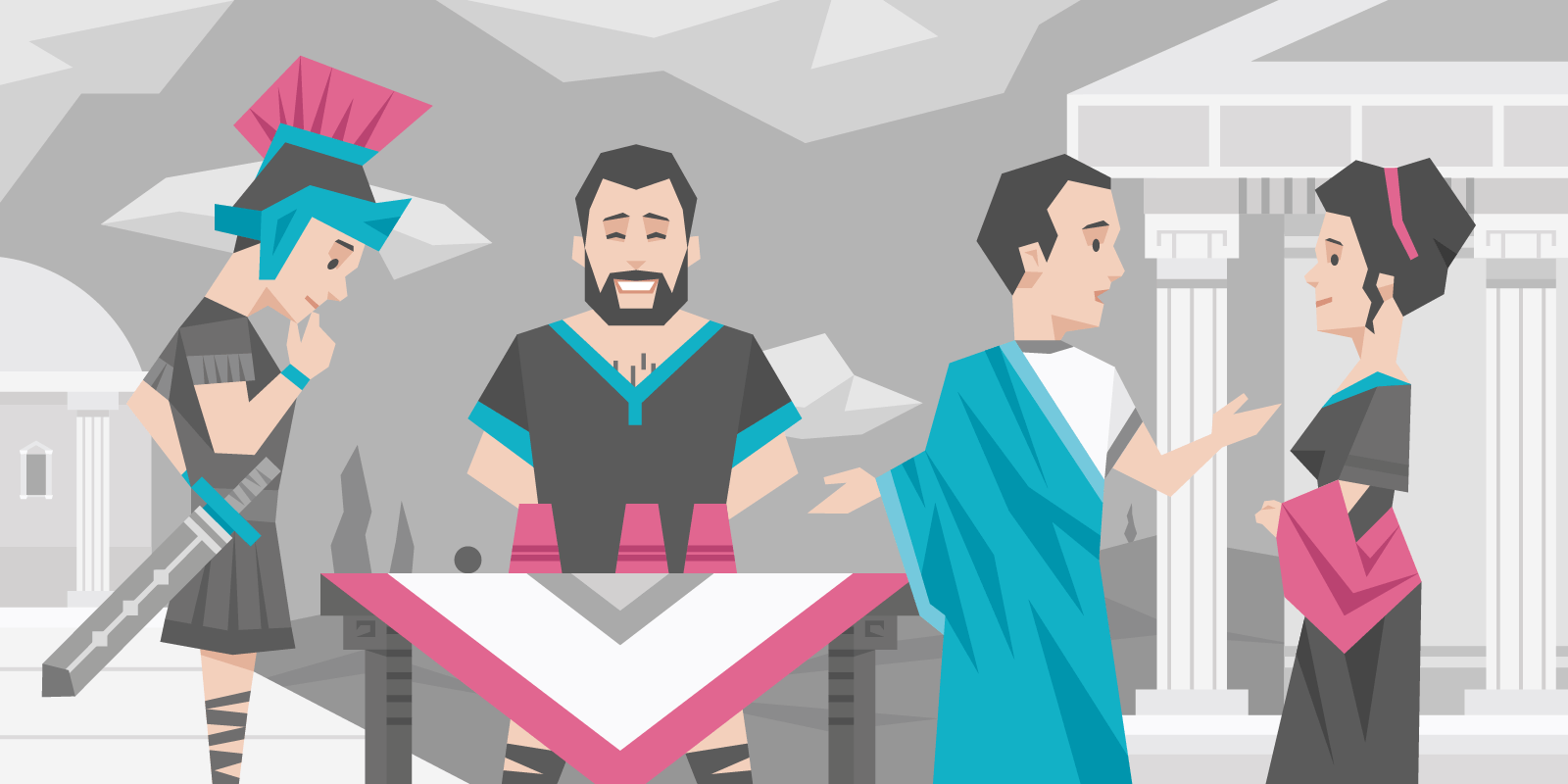
2 Questions to Consider When Building Your Pages
Avoid the visitors in your website to get distracted and confused. Running a website is a lot like a magician’s act, but your website is the one managing your visitor’s attention.
Day 11: Brains aren’t magic
Did you know the human brain runs on 12w of power? That’s ⅙ the strength of the average lightbulb.
That factoid doesn’t have a lot to do with web design, but it does put Part 3 of this course into context — brains aren’t magic.
It’s one of the reasons why we get easily distracted and struggle to multitask, and that’s why humans like things simple. Try completing a sudoku puzzle while fixing yourself dinner, and you’ll get it.

Don’t be a magician
Magicians use deceit, information overload and misdirection to fool their audience.
It’s the absolute opposite of good web design; a distraction can lead people astray without them even realizing they’ve left the path that took them to your website. If you clicked the above link about brain power, we lost the game!
Therefore, a successful website needs to be distraction-free if it’s going to take a visitor to where they want to go without them getting lost along the way.

Every time you create a webpage on your site, you need to ask yourself two questions. The first is the one that most business owners ask themselves. But it’s the second that they ignore — and that’s why so many websites lose major revenue every day.
Here’s question 1:
What is the one goal you want to achieve with this page?
We’ve already established that the human brain isn’t great with distractions, so staying on topic is imperative to a successful webpage; if your page has too many goals, you inevitably lose your visitor. Which, if you haven’t guessed, sucks for conversions. Our advice: stick with one goal.
So if they page exists, you’d better have a clear idea of what you want it to say — and you have to be strong enough to remove everything that doesn’t say just that.
Next up, question 2 (the one people ignore):
What is the one goal your users want to achieve on this page?
Ah, yes, the user. The one for whom this page exists, but for whom it isn’t made. It’s a weird disconnect that is rife around the internet — and we’re not going to let you fall into that trap.
Your goal as a business is to take people from your Homepage to the Pricing page, for example.
Your user’s goal is more likely to be to go from your Homepage to find out more about your Product.
Which CTA should you use? Yours? Or the user’s?
You already know the answer.
Planning your site and page structure

The truth is that you need to guide to your user through your website, so designing it purely for them won’t work.
Meanwhile, doing it purely for yourself will turn your website into a selfish, ugly thing.
A healthy balance of both would be better.
Here’s a couple of examples:
Pricing Page
You want your user to add a product to their cart.
Your user wants to understand if they’re getting value for money.
The page’s structure will change dependent on whether you want to make the sale, or whether you want to inform you user.
Your first CTA after putting the pricing information could therefore be “Learn More”. Then, further down the page, after some extra copy explaining your pricing and what users can expect from their investment in you, you can insert your “Add to Cart” CTA.
FAQ Page
You want your user to have their lingering questions answered.
Your user wants the same thing!
Your page’s structure might stay similar, but FAQs can become dead-ends for confused users.
Therefore, your CTA could A) take your user back to the Product Page or, B) direct them to your How it Works page.
Option A nurtures the sale, while Option B focuses on informing your user further.
Either could work depending on the rest of your website, but you’d agree that the navigation away from the FAQ will significantly change your user’s journey.
But always remember…
Users should have autonomy and freedom on your website. Keep your nav bar visible and let them go where they want — because there’s only so much guiding you can do. Like a parent raising a child, there’s a point at which you need to let them roam free!
Your homework:
Check your research and determine the one goal each of your webpages should achieve.
Then, brainstorm how you can incorporate secondary goals into those pages before taking users through to the next stage of your conversion funnel.
Peace out! And remember, brains aren’t magic — so try not to be too clever 😉
